

Apply a firm grip on the spray attachment while holding the lance securely with the other hand. Rotate the attachment counterclockwise to detach it. If resistance is felt, ensure that there is no pressure left in the system by releasing the trigger to purge any remaining water.
For stubborn attachments, consider using a lubricant spray on the connection points. Allow it to penetrate for a few minutes before attempting to unscrew again. Keep a cloth handy to wipe away any excess lubricant that may drip down the lance.
Always check for any locking mechanisms that might be in place. Some models incorporate a safety lock to prevent accidental disassembly during use. Familiarizing yourself with the user manual can provide specific insights regarding your equipment.
Inspect the attachment for any visible damage after removal, as wear can affect performance in future cleaning tasks. If you encounter continued issues, consult with manufacturer support for additional guidance.
Identifying the Type of Nozzle Attachment
To effectively separate attachments, it’s essential to determine their type. Each variant often requires a specific method for removal. The most common types include quick-connect, twist-lock, and threaded attachments. Understanding which style you are dealing with will streamline the process.
Types of Attachments
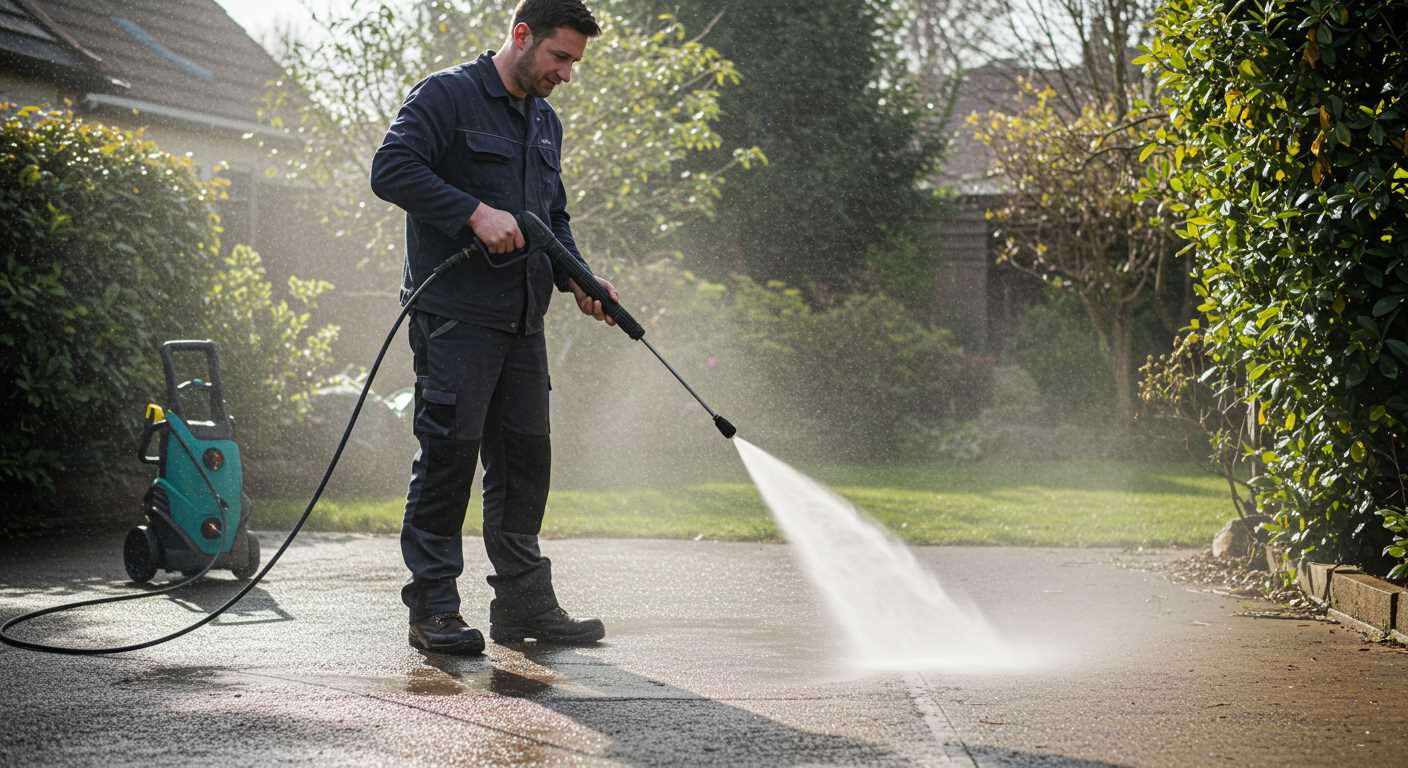
| Attachment Type | Identification | Removal Method |
|---|---|---|
| Quick-Connect | Protruding collar, easily snaps in | Press collar while pulling |
| Twist-Lock | Rotates to lock, often has indicators | Twist counter-clockwise to release |
| Threaded | Visible threads on attachment | Turn counter-clockwise to unfasten |
Once the type is identified, follow the appropriate removal method to ensure safe detachment without damaging any parts. In cases of stubborn attachments, applying light lubrication can help ease the process. Ensure you clean the area afterward to maintain optimal performance for future use.
Inspecting for Securing Mechanisms
Begin by examining the attachment area closely for any visible fasteners. Look for screws, bolts, or clips that may hold the piece firmly in place. A cross-head screwdriver or socket wrench might be necessary to loosen these fittings.
Checking for Locking Features
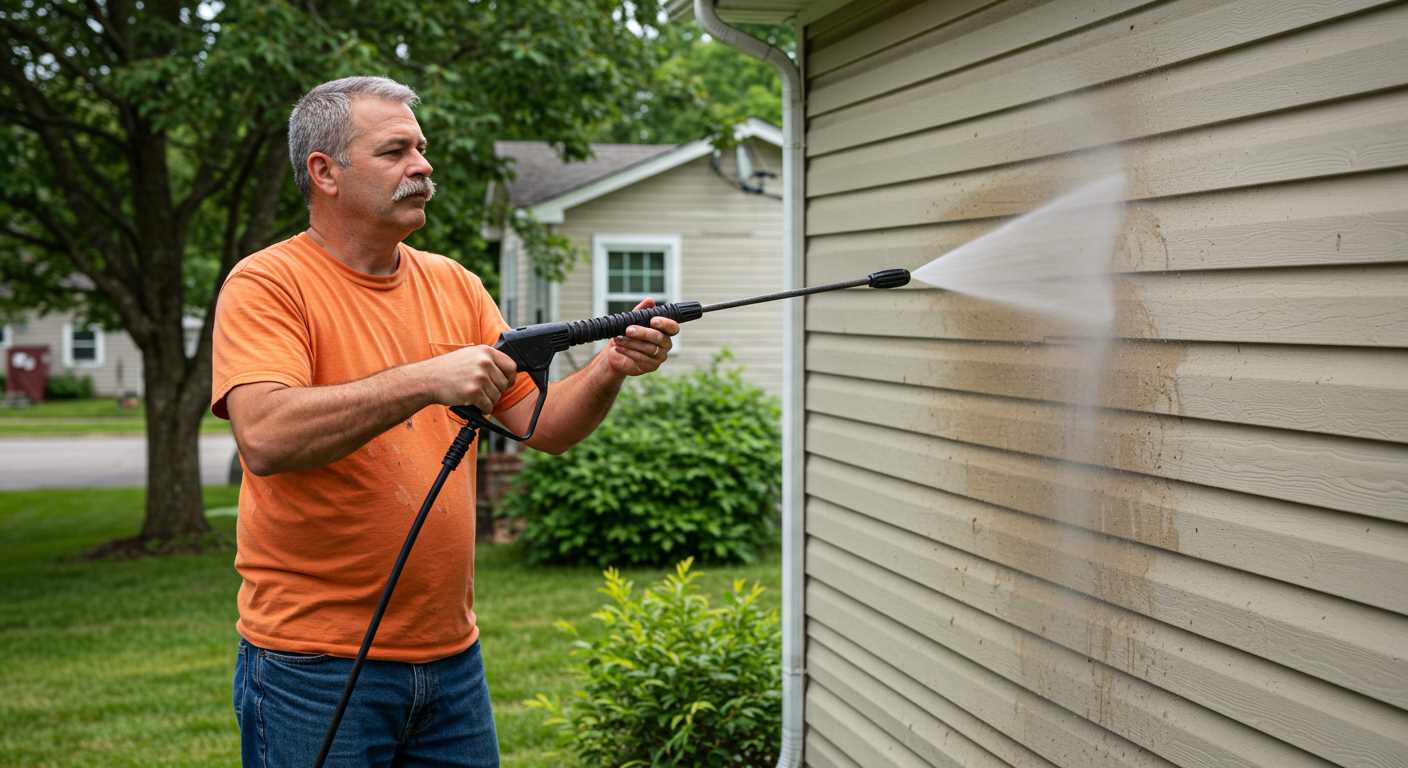
Some designs incorporate a locking collar or ring to prevent accidental detachment. If you find one, press or twist it to unlock before attempting removal. Ensure you grip securely to avoid any slips during this process.
Identifying Retention Pins
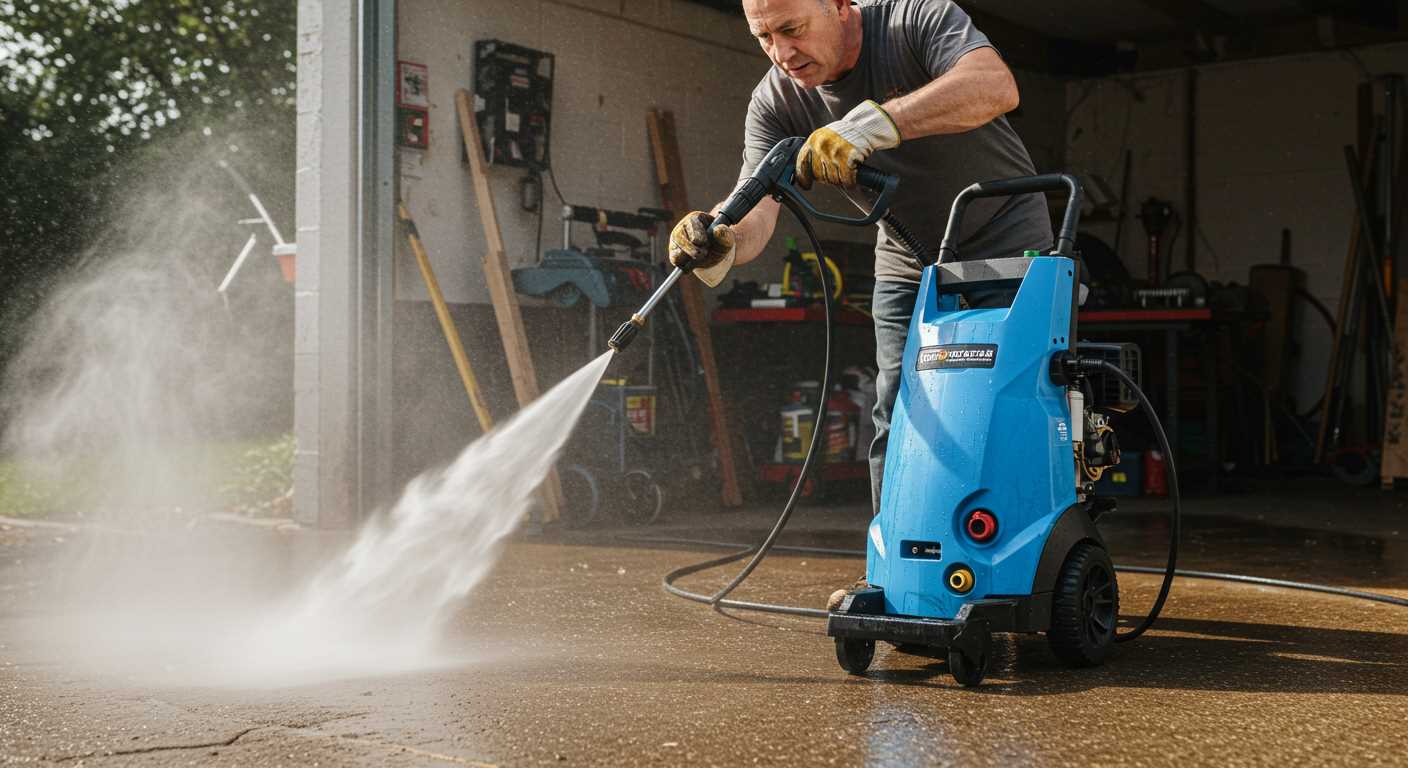
Retention pins can also secure attachments. Inspect the area for any pinholes where a cotter pin may be inserted. If encountered, you can use pliers to pull the pin outward, allowing for a smoother disconnection of the component.
Using Proper Tools for Removal
Invest in a set of adjustable or socket wrenches to assist in loosening fittings. Ensure the size matches the attachment to avoid stripping. A pair of pliers can provide additional grip if needed, especially for stubborn components.
- Penetrating Oil: Liberally apply a penetrating lubricant on junctions showing resistance. Allow time for the oil to soak in before attempting removal.
- Flathead Screwdriver: Useful for prying off stubborn attachments gently; exercise caution to prevent damaging the housing.
- Torque Wrench: If tightness is a concern, employing a torque wrench will help apply consistent force without overstressing the material.
A pressure gauge may be prudent for monitoring any fluctuations during disassembly, ensuring no undue stress is placed on the system.
Safety Gear
Prioritise safety with protective eyewear and gloves. This shield against accidental slips or components springing back during disassembly.
Routine Maintenance Tools
Regular maintenance tools such as brushes and cloths can help keep connectors clean, facilitating easier detachment next time.
Techniques for Loosening Stuck Attachments
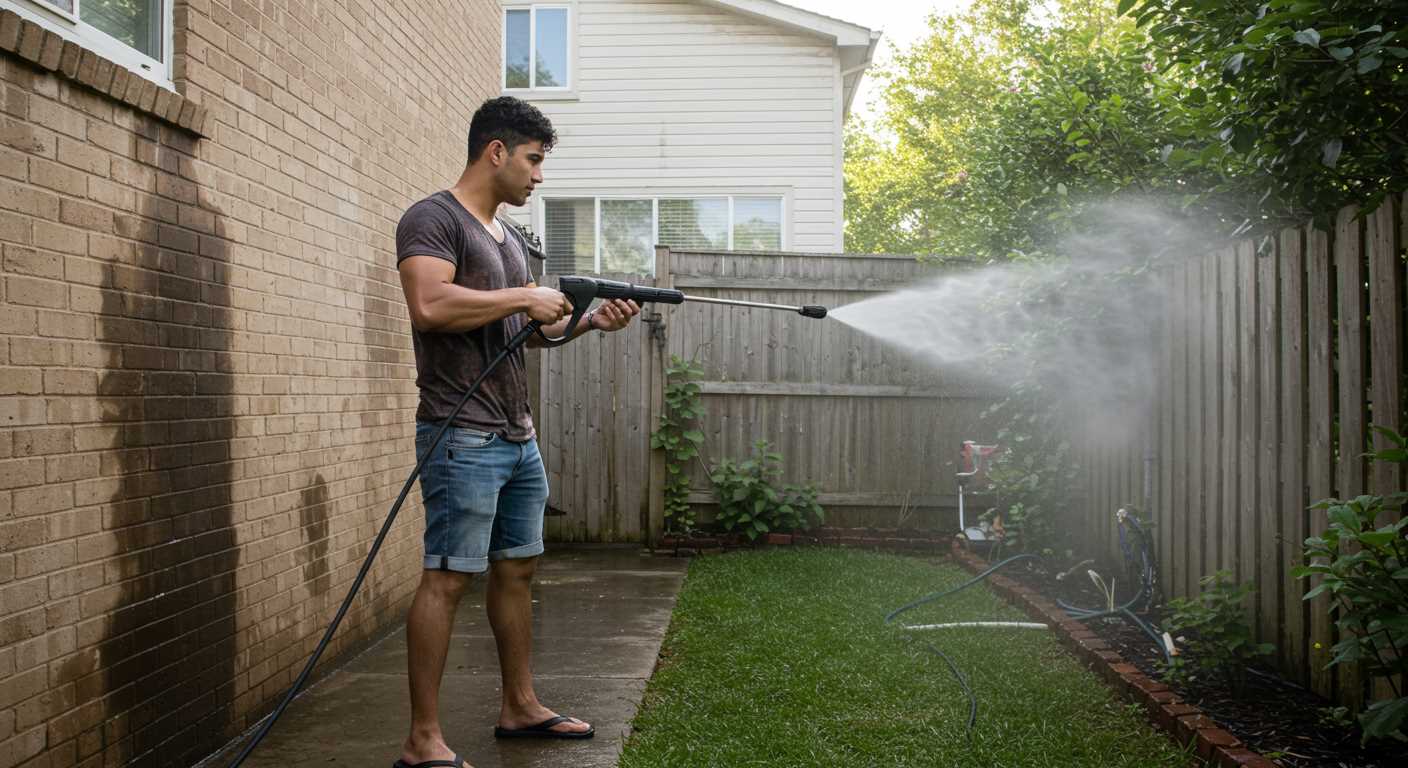
Utilise a heat source, such as a heat gun or a hairdryer, to apply warmth directly onto the junction where the attachment meets the lance. The expansion of metal from heat may help to break the bond. Avoid overheating which could damage the components.
Consider soaking the joint in a penetrating oil, such as WD-40, for at least 15 to 30 minutes. This helps to reduce friction between the surfaces, making disassembly more manageable.
A rubber mallet can be effective when tapping gently around the attachment area. This action can create enough vibration to assist in loosening the stuck parts without causing damage.
If there are any signs of corrosion, try using a wire brush or sandpaper to carefully clean the area around the joint. Removing rust or debris can make the process smoother.
Using a strap wrench provides a non-slip grip and is less likely to cause damage compared to metal tools. Wrap the strap around the attachment, ensuring a firm hold, then twist to release.
When all else fails, consider applying freezing spray to the attachment. This can create a temperature differential that may help in separating the parts as the metal contracts.
Cleaning and Maintaining Nozzle Threads
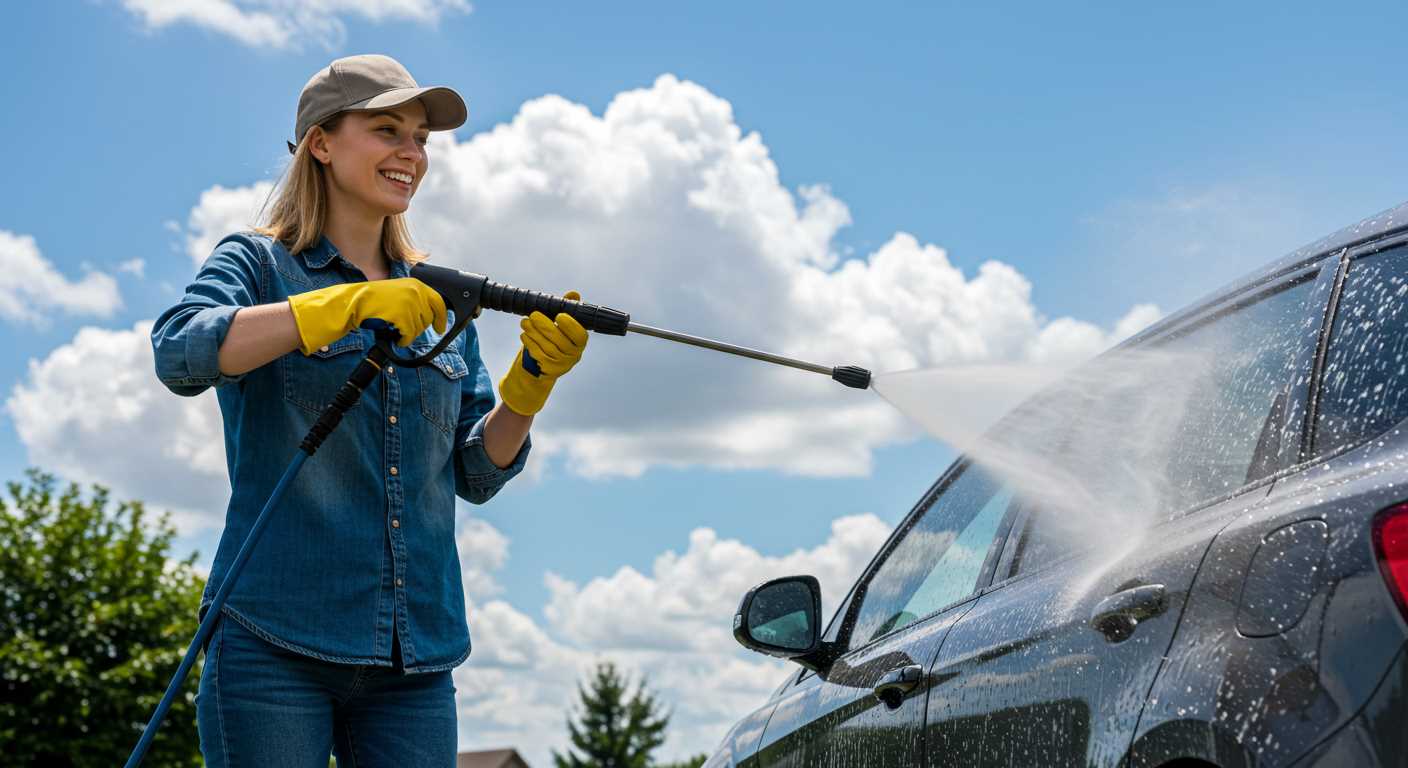
Regular upkeep of attachment threads ensures a secure fit and efficient performance. Begin with a thorough cleaning using a soft brush to remove any debris or buildup. Use a mixture of warm, soapy water and a soft cloth to wipe down the threads, ensuring no residue remains that could cause improper sealing or damage during assembly.
Check for signs of wear or corrosion on the threads. Minor imperfections can often be repaired by carefully sanding the affected area with fine-grit sandpaper. Be cautious during this process to avoid enlarging the thread diameter or causing further damage.
After cleaning and inspecting, applying a light coating of silicone grease helps maintain ease of attachment and detachment. This lubrication acts as a protective barrier against moisture and dirt accumulation. Ensure the grease is evenly distributed and avoid over-applying to prevent attracting more debris.
Perform routine checks for tightness and alignment before each use. Ensuring your attachments are fitted correctly can extend their lifespan and enhance overall performance.
Safely Reattaching the Nozzle After Removal
Align the attachment point carefully before inserting the sprayer end. Ensure that any O-rings or gaskets are intact to maintain a proper seal. Applying a small amount of lubricant, such as silicone grease, can aid in sliding the piece back into place without damaging the threads.
Inserting and Securing
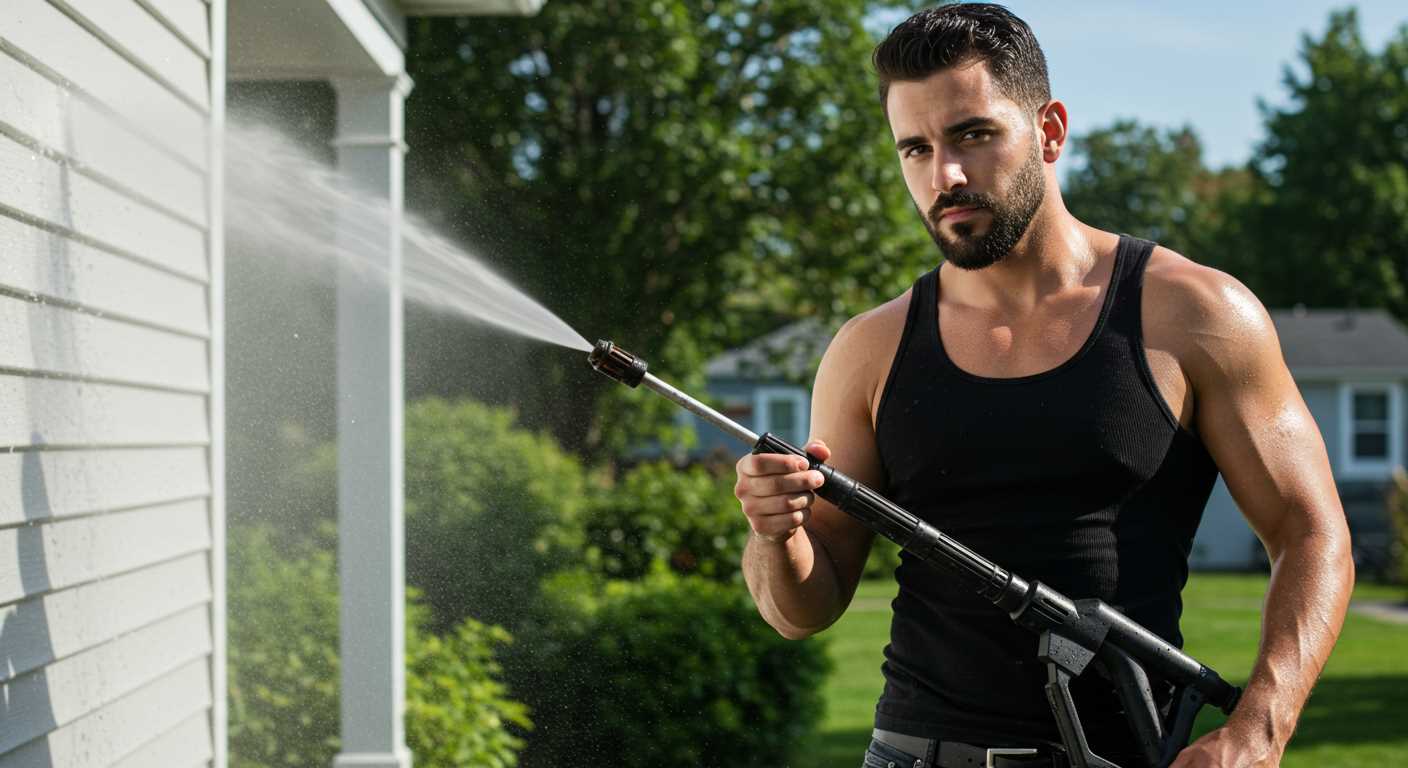
Push the component firmly until you feel it click into position, ensuring it is fully engaged. Depending on the design, you may need to twist or rotate it to lock it securely. Always test the connection by gently tugging on the attachment before using the unit.
Final Safety Checks
Prior to activating the equipment, inspect all connections for signs of leakage or misalignment. Confirm that safety locks or clips, if present, are securely fastened. This will prevent accidental separation during operation, ensuring a safe and effective cleaning experience.








